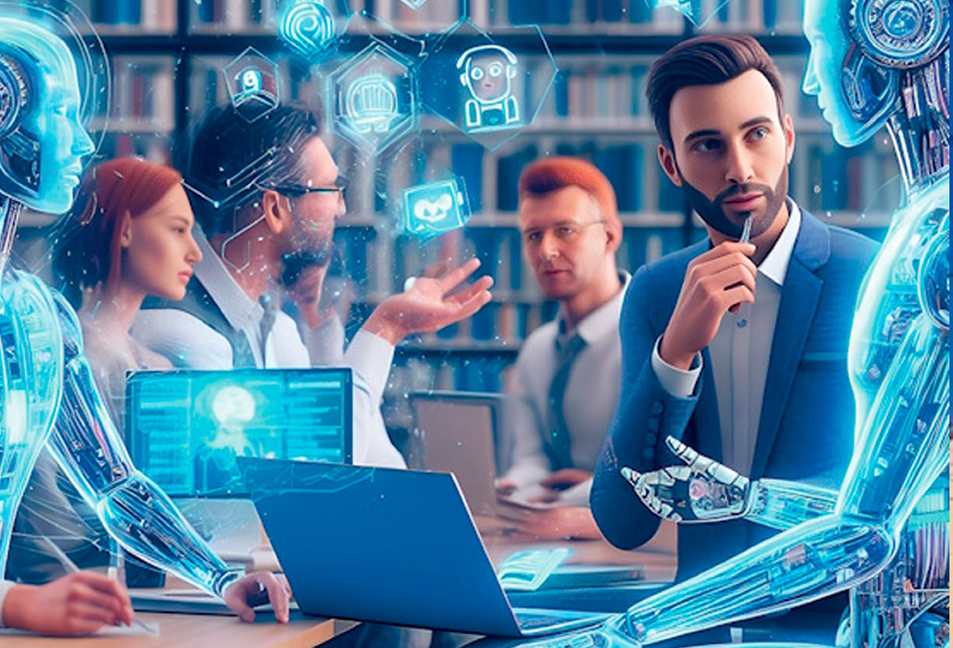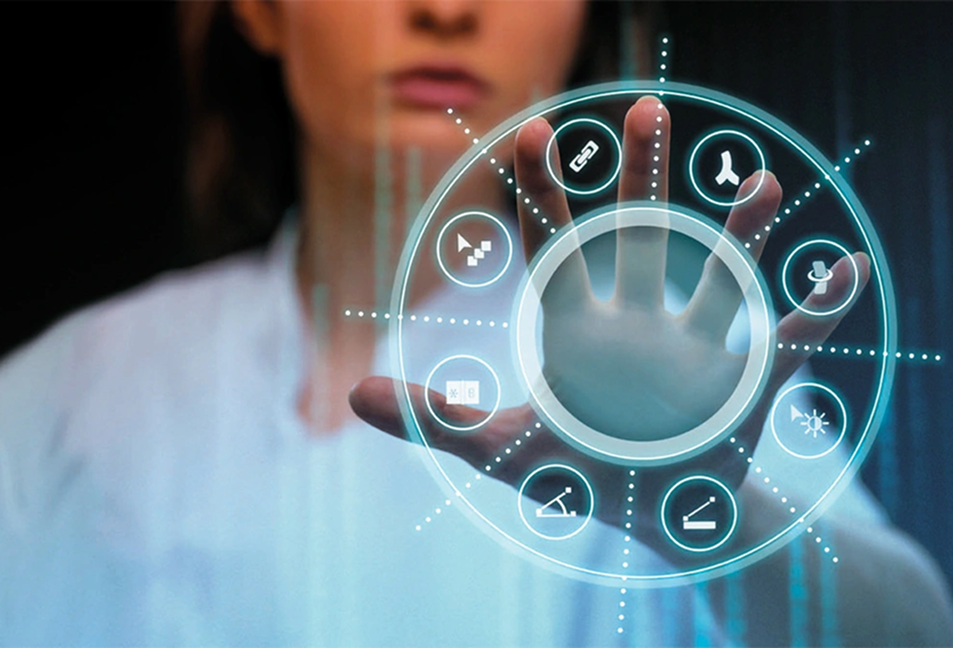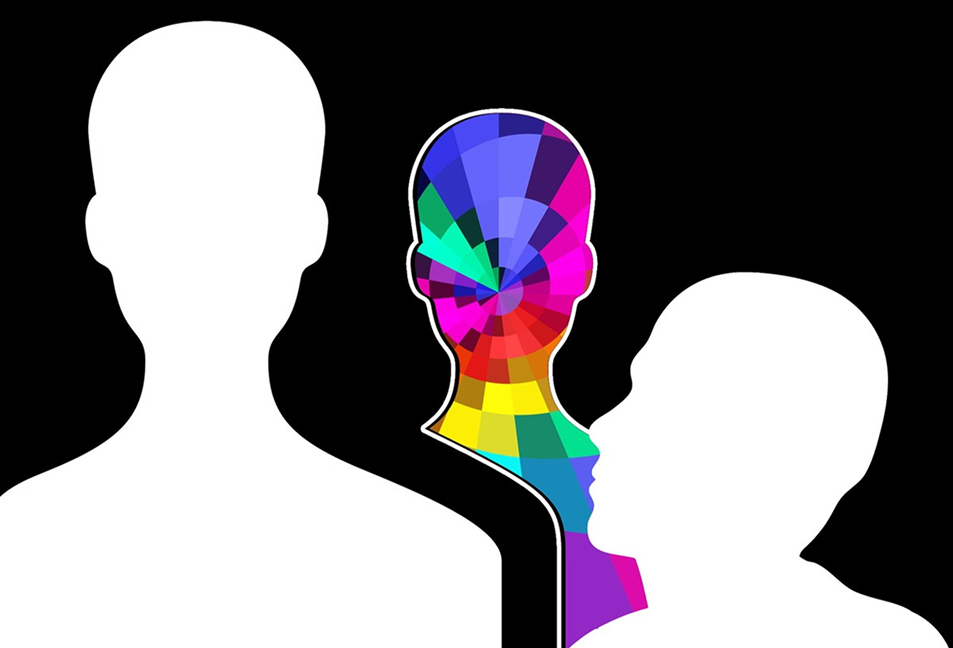Education in the United Kingdom has undergone profound transformation in the 21st century, reflecting technological innovation, shifting societal needs, globalisation, and evolving pedagogical theories. From early childhood to higher education, and encompassing formal and informal learning pathways, the UK education system is adapting to prepare citizens for a complex, interconnected, and technology-driven world. This evolution is not simply about new tools or curricula; it is about restructuring learning experiences, fostering critical thinking, inclusivity, and lifelong adaptability.
Digital transformation in education
One of the most significant trends shaping 21st-century education in the UK is the integration of digital technologies. Schools and universities increasingly use online platforms, learning management systems, and interactive digital content to enhance learning. Virtual classrooms, e-learning modules, and digital collaboration tools have become integral, a process accelerated by the COVID-19 pandemic. Students can access lectures remotely, submit assignments online, and engage in virtual discussion forums, enabling flexibility and expanding access to education across geographic and socio-economic boundaries.
Digital tools also support personalised learning. Adaptive learning software analyses student performance, identifies strengths and weaknesses, and tailors instruction to individual needs. This approach fosters more effective learning by accommodating diverse learning styles and paces. Additionally, gamification, virtual reality (VR), and augmented reality (AR) are increasingly applied to create immersive, experiential learning environments, particularly in science, engineering, and medical education, making complex concepts tangible and engaging.
Curriculum evolution and skill development
Curricula in the UK are evolving to meet the demands of the 21st century. Traditional focus on literacy, numeracy, and core sciences remains foundational, but there is increasing emphasis on critical thinking, creativity, digital literacy, problem-solving, and emotional intelligence. Citizenship education, ethics, sustainability, and global awareness are incorporated to equip students with competencies required for a rapidly changing society.
Higher education institutions have also adapted, offering interdisciplinary programs that combine STEM (science, technology, engineering, and mathematics) with humanities and social sciences. Such approaches reflect the need for graduates who can navigate complex societal challenges, integrate knowledge across domains, and engage in innovative problem-solving. Vocational training and apprenticeships are increasingly valued, supporting pathways into the workforce that balance theoretical knowledge with practical skills.
Inclusivity and equity
Modern UK education policy prioritises inclusivity and equality. Efforts focus on reducing achievement gaps across socio-economic groups, supporting students with disabilities, and ensuring that gender, ethnicity, or geography do not limit opportunities. Policies promote accessible learning environments, specialist support services, and differentiated instruction to accommodate diverse learners. The evolution of inclusive pedagogy has not only enhanced equity but also enriched the educational experience by fostering diverse perspectives and collaborative learning.
Lifelong learning and continuing education
Education in the 21st century is no longer confined to childhood or young adulthood. Lifelong learning has become central to UK policy, reflecting the rapid pace of technological change and the shifting nature of work. Online courses, micro-credentials, professional development programs, and adult learning initiatives enable continuous skill acquisition and career adaptation. Universities and colleges partner with industry to provide reskilling opportunities, particularly in digital competencies, AI, green technologies, and healthcare. Lifelong learning also encompasses informal and community-based education, recognising the importance of self-directed, experiential, and social learning across the lifespan.
Assessment and feedback innovations
Assessment methods have evolved alongside pedagogy and technology. Traditional examinations are supplemented with project-based assessments, portfolios, peer evaluation, and digital badges. Real-time feedback mechanisms, supported by educational software, allow students to monitor progress and adjust strategies. This approach emphasises formative assessment, encouraging reflection, self-regulation, and mastery learning rather than solely measuring performance against standardized criteria.





